The Internal Combustion-only Dodge Challenger's Days Are Numbered, Manley Says

Are the 66,716 Americans who helped take the venerable Dodge Challenger to a new sales record in 2018 just Luddites, rebelling against a rising tide of electrification and autonomy? Maybe, but the era of a Challenger line powered solely by gasoline is drawing to a close.
Fiat Chrysler CEO Mike Manley addressed the muscle car’s future at this week’s Detroit auto show, admitting that, at some point, the Challenger needs to grow greener. That means venturing into the unsexy world of electrification — an unthinkable act for some American muscle purists.
Speaking to The Detroit News, Manley said the Challenger, despite enjoying a lasting popularity that’s rare in the industry — at least for a car model, must change with the times if it has any hope of long-term survival.
“The reality is those platforms and that technology we used does need to move on. They can’t exist as you get into the middle-2020s,” Manley said of the Challenger’s aging LX architecture and trio of V8s. “New technology is going to drive a load of weight out, so we can think of the powertrains in a different way. And we can use electrification to really supplement those vehicles.”
It’s not like no one saw this coming. There’s a plug-in hybrid Jeep Wrangler in the works, and FCA’s 2019 revamp of its lucrative Ram 1500 line saw the debut of “eTorque” mild-hybrid variants of its 3.6-liter Pentastar V6 and 5.7-liter Hemi V8. Dodge’s Challenger and Charger makes good use of these displacements and, with some weight shaved from a modified LX platform and a lightweighted body, the Wrangler’s turbocharged Hurricane four-cylinder could become a new addition to the engine lineup.
FCA’s Brampton, Ontario assembly plant should begin producing next-generation Chargers and Challengers in 2021, minus the Italian platform originally slated for the models. Late FCA boss Sergio Marchionne admitted last June that platforms sourced from Alfa Romeo or Maserati wouldn’t be able to handle the excessive torque of hi-po Mopar applications.
While a Hurricane four mated to an eTorque system is one low-end powertrain possibility mentioned in our piece, Manley suggests the company’s unsullied 6.4-liter and supercharged 6.2-liter V8s will have to give way to electrified alternatives in the coming decade.
“I think that electrification will certainly be part of the formula that says what is American muscle in the future,” he said. “What it isn’t going to be is a V8, supercharged, 700-horsepower engine.” Take that, Hellcat fans.
Take solace, too. Manley claims a move towards electrification is not a sign of Dodge handing in its man card.
“Electrification deployed to increase the performance of the vehicle as its primary goal – with the added benefits of fuel economy – is very different, instead of the other way around,” he added.
While the move towards performance cars equipped with a fuel-saving electric “boost” is gaining in popularity among high-end European manufacturers, some analysts wonder where the same strategy will go over well with American consumers. Especially consumers of a product as quintessentially red-blooded as the Challenger.
Kelley Blue Book analyst Karl Brauer isn’t having it.
“There’s a long-standing rule about what constitutes American muscle, but electrification is not part of it,” Brauer told The Detroit News. “I need something that gets my blood pumping.”
He continued, “The Challenger is now challenging the Mustang for sales primacy with a V8. Who would have thought that? In terms of sales, the supercharged V8s have worked well.”
A possible replacement for Dodge’s big boys could be a long-rumored twin-turbo V6 ( or inline-six), offered with or without hybrid assist.
[Image: Fiat Chrysler Automobiles]

More by Steph Willems
Latest Car Reviews
Read moreLatest Product Reviews
Read moreRecent Comments
- Turbo Is Black Magic My wife had one of these back in 06, did a ton of work to it… supercharger, full exhaust, full suspension.. it was a blast to drive even though it was still hilariously slow. Great for drive in nights, open the hatch fold the seats flat and just relax.Also this thing is a great example of how far we have come in crash safety even since just 2005… go look at these old crash tests now and I cringe at what a modern electric tank would do to this thing.
- MaintenanceCosts Whenever the topic of the xB comes up…Me: "The style is fun. The combination of the box shape and the aggressive detailing is very JDM."Wife: "Those are ghetto."Me: "They're smaller than a Corolla outside and have the space of a RAV4 inside."Wife: "Those are ghetto."Me: "They're kind of fun to drive with a stick."Wife: "Those are ghetto."It's one of a few cars (including its fellow box, the Ford Flex) on which we will just never see eye to eye.
- Oberkanone The alternative is a more expensive SUV. Yes, it will be missed.
- Ajla I did like this one.
- Zerofoo No, I won't miss this Chevrolet Malibu. It's a completely forgettable car. Who in their right mind would choose this over a V8 powered charger at the rental counter? Even the V6 charger is a far better drive.




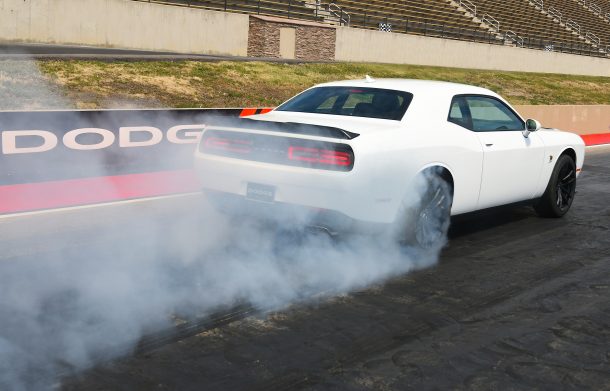
















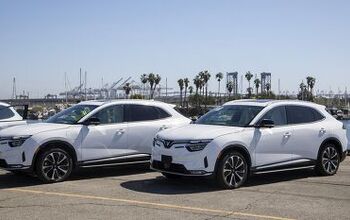

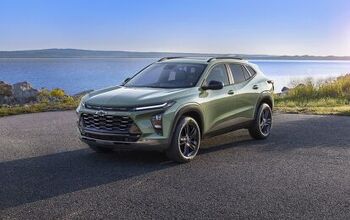
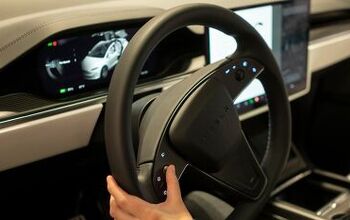
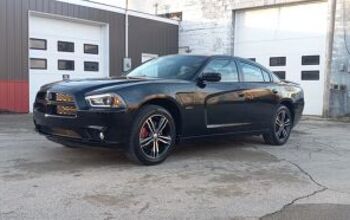


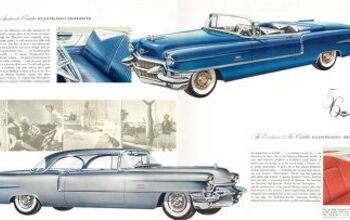

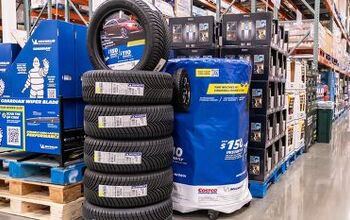

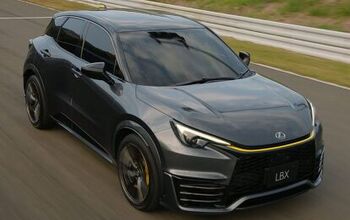

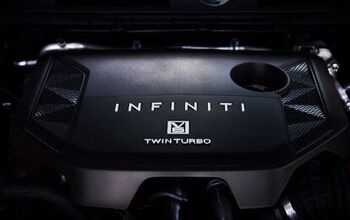

Comments
Join the conversation
The castrating knife of government regulation cuts its way a little deeper. Soon Dodge's testicles will be completely removed along with the rest of the domestic automakers. All the while, the eunuchs will chant in unison "Progress!" and "... but electrics are faster."
wildly optimistic industry projectinos over a dried out global capital market. future borrowers will have a)exhorbitent tax burdens to support government debt growth on pace to stop out the largest car markets in the coming decades b)consomer credit profiles who will need to borrow money for these new vehicles c)all of the above coalesce into larger market/political disturbances upsetting any further drift into undue complexity. my bet is that easily serviceable, readily available, cars and parts will out last forthcoming injection-molded plastic golf carts..